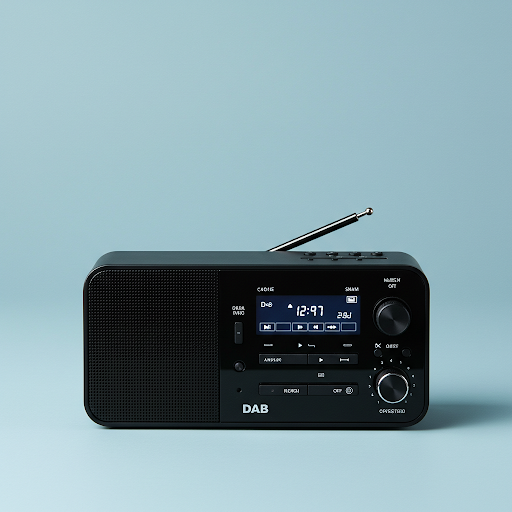DAB (Digital Audio Broadcasting) is a modern digital radio broadcasting technology that is gradually changing the traditional radio landscape.

What is DAB Radio?
DAB Radio (Digital Audio Broadcasting) is a digital radio broadcasting standard that is replacing analog FM radio. The technology allows radio signals to be transmitted in a digital format, providing high-quality sound and expanded possibilities for broadcasters and listeners.
Differences from FM and Internet Radio
Comparison with FM Radio:
- Sound Quality: DAB provides clearer and more stable sound without interference and static noise typical of the FM band.
- Number of Channels: One DAB frequency can broadcast up to 10-12 radio stations, while FM bandwidth is limited.
- Additional Information: DAB radio can transmit text information about the track, artist, and program schedule.
Comparison with Internet Radio:
- Availability: DAB works without the internet, which is especially important in rural areas or with unstable internet connections.
- Mobility: DAB receivers do not require data usage and have longer battery life compared to smartphones.
- Coverage: DAB has a fixed broadcast area, unlike internet radio with potentially global reach.
Advantages of DAB Radio:
- High-quality sound
- Large number of channels in one multiplex
- No interference and static noise
- Ability to transmit additional information
- Energy-efficient receivers
Disadvantages of DAB Radio:
- Need to purchase a special receiver
- Limited geographical coverage in some countries
- Higher equipment costs compared to FM radio
- Dependence on digital signal quality
Despite its drawbacks, DAB radio continues to gain popularity and is gradually replacing traditional analog radio broadcasting in many developed countries.




